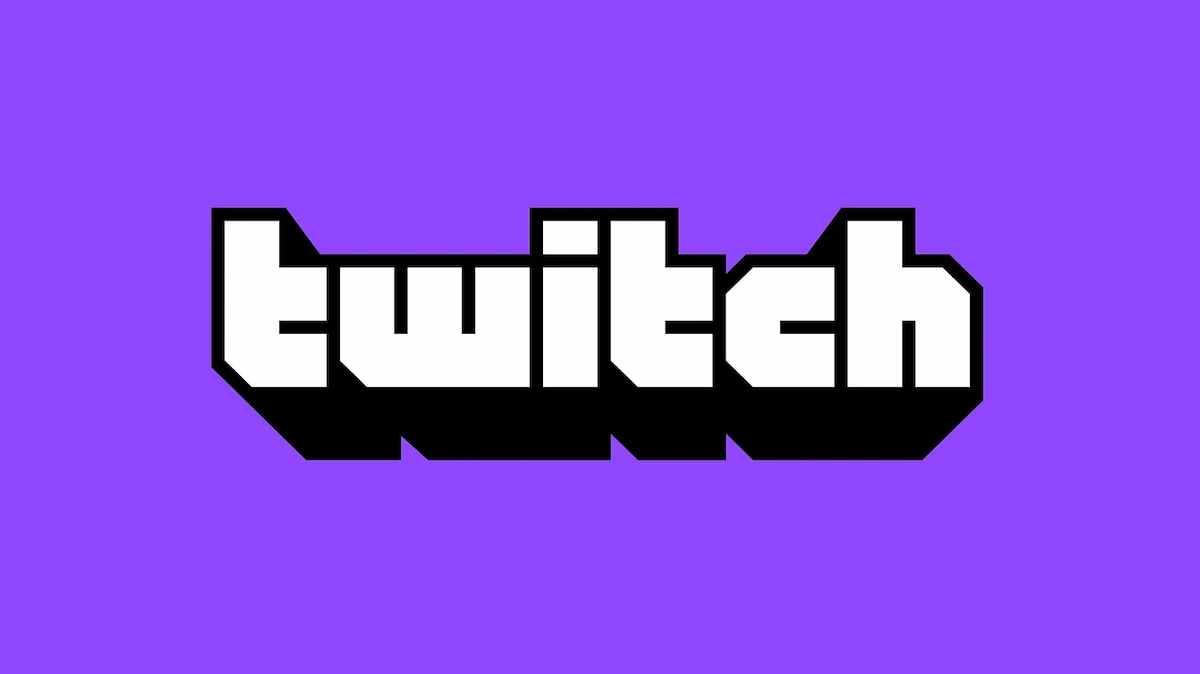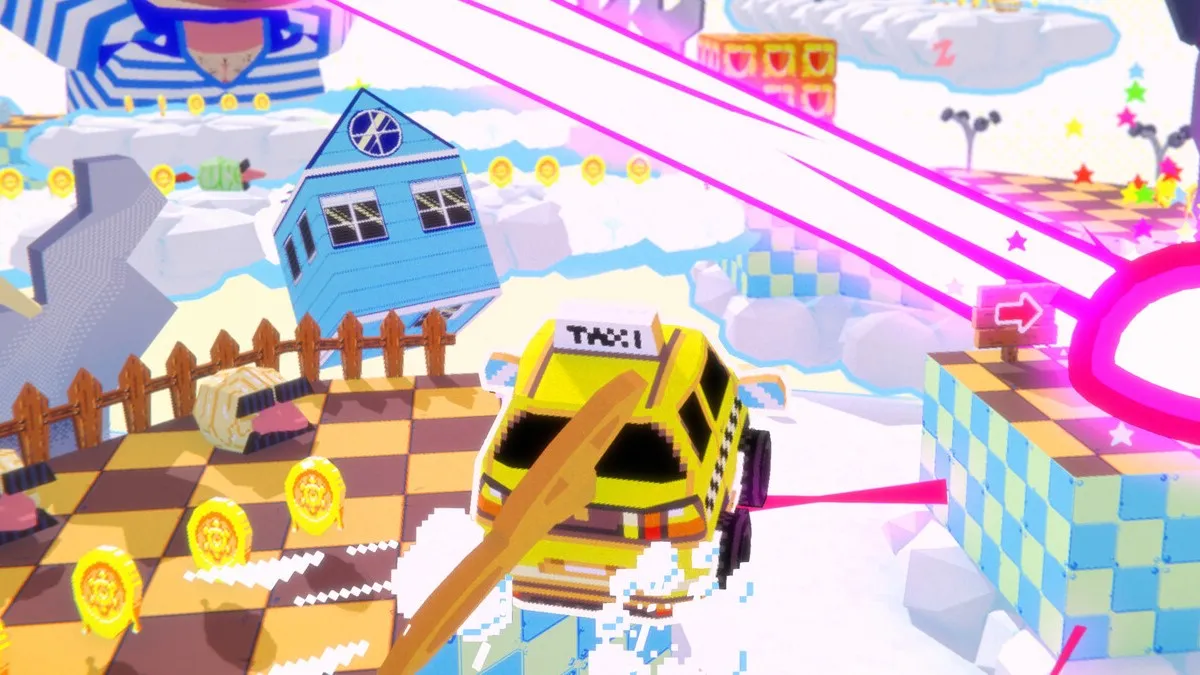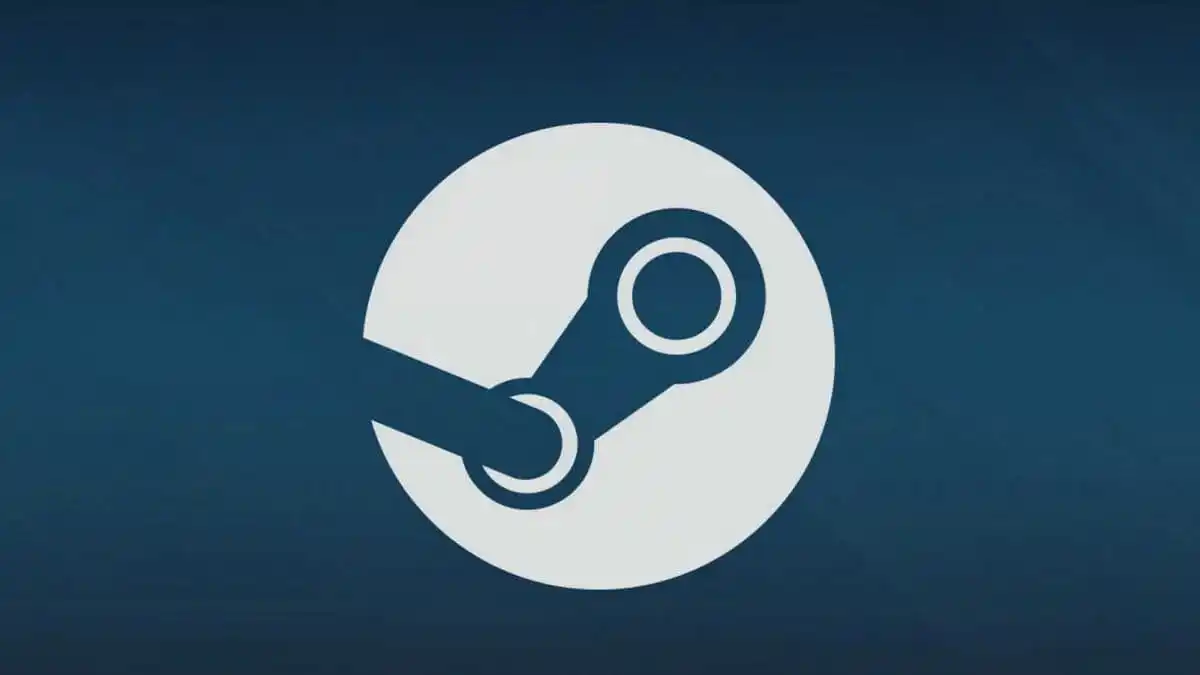TJ Combo is not only the first character revealed for season two of Killer Instinct, but also the first character to come from the new development team at Iron Galaxy. However, if you didn’t know that Double Helix Games was no longer working on Killer Instinct, playing TJ Combo wouldn’t tip you off at all. The character fits in perfectly with the eight characters developed by Double Helix Games, and after only six weeks of development time, he feels as though he’s complete in almost every way.
Given the fact that Iron Galaxy has only been working on Combo for six weeks, everything we played at E3 is subject to change. However, after speaking with several members of the development team, it doesn’t sound as though Combo will lose any of his current abilities. If anything, we’ll see some fine-tuning and a bit more polish added to the character before the Fall 2014 initial season two release.
Frame Data
While Combo’s frame data was not present in the move list, the development team informed us that he will have a considerable amount of frame advantage on most of his attacks. He is meant to be an in-fighter, keeping constant pressure on his opponent. In terms of frame data alone, we imagine this to be a combination of Jago and Fulgore, with plenty of frame advantage on most of his attacks. Both Jago and Fulgore can maintain frame advantage at close range, keeping opponents at bay.
Special Moves
Combo’s special moves include the Spin Fist, Shoot Toss, Powerline, Vortex, Cyclone and Tremor. Spin Fist is a stand backfist that can be used as a combo Opener or Linker. Shoot Toss is a command throw similar to Thunder’s Call of the Earth. It knocks an opponent into the air, which can then be followed by Tremor to start a combo using Aerial Recapture (more on that below). Tremor is an overhead attack that’s unsafe when blocked, but creates a shockwave that hits low if the attack misses. Basically, if the attack makes contact with the opponent, it’s an overhead, but if Combo hits the ground with the attack, it hits low. The shockwave covers the entire stage, allowing Combo to cause a hard knockdown on an opponent from across the screen if they’re not blocking low.
Vortex is an uppercut that launches an opponent into the air, and can be followed by Tremor for Aerial Recapture. However, Cyclone is an optional follow-up to Vortex, which knocks an opponent back into the air (once again allowing for an Aerial Recapture follow-up). While Cyclone works just fine on hit, it’s when Vortex is blocked that Cyclone starts to shine. If you hold the punch button after Vortex, Combo starts winding up his fist until you release the button to execute Cyclone (which executes automatically after a set time). If Vortex gets blocked, the opponent can’t attack because of Cyclone, but the opponent can use a Shadow Counter in this situation. However, if Cyclone isn’t used, the Shadow Counter would be wasted. It’s a mind game within a mind game.
Combo’s last special move is Powerline, which is arguably his most intricate. Powerline is a lunging dash punch that sends Combo skating across the screen and has one hit of armor. During the dash, Combo can cancel Powerline into a number of other special moves. Press light punch to get the Spin Fist, medium punch to get Shoot Toss, heavy punch to perform Powerline immediately (cutting the dash short), light kick for Back Step (a quick back dash), medium kick for Tumble (Combo’s trademark roll) and heavy kick for the Flying Knee. As you would expect, Tumble is projectile-invincible, and the Flying Knee covers considerable distance.
Using Powerline, not only can Combo close in on an opponent quickly, he can really keep them guessing. For example, you can get a little shimmy going by repeatedly canceling Powerline into Back Step. You can also go for an overhead, low, throw mix-up by canceling Powerline into Tumble, then canceling Tumble into a throw, low normal, Combo’s command overhead, or even Shadow Tremor for a special move overhead. The last few frames of Tumble can be canceled, which makes this a great mix-up.
When Powerline connects, it causes a wall bounce. If you’re close enough to the wall, you can start a combo after the wall bounce (although Powerline adds a considerable amount of KV, so the combo will be short). If you use Shadow Powerline, you can cancel the last hit into a quick cross-up step to bait a Shadow Counter and attack from the opposite side. This can be punished if the opponent predicts you’re going to use it, though. In addition, using Shadow Powerline as a Shadow Linker or Shadow Opener causes a similar wall bounce that can be avoided by canceling into the cross-up step and continuing the combo from the other side.
Command Normals
He has a command overhead (Superman Punch), as well as a cross-up that can only be performed during a jump (Turn Around Punch). He also has two aerial target combos that allow him to hit multiple times in the air. Think of these like Sadira’s multiple hitting aerial attacks. While Combo is very much a grounded character, he does have a bit of aerial flare, including the brand new system mechanic, Aerial Recapture.
Aerial Recapture
Aerial Recapture allows Combo to hit an airborne opponent with his Tremor attack, knocking them back down to the ground and allowing TJ to continue the combo on the ground like normal. The opponent has to be high enough to connect the attack, which means you can’t use it every single time an opponent is in the air, but you can 2-in-1 into the attack to use it at slightly lower heights. At the moment, Aerial Recapture is limited to TJ Combo, but based on community feedback, we may see other characters receive the ability (including season one characters).
Auto Barrage
Combo’s unique combo trait is called Auto Barrage. This allows Combo to cancel the second hit of an Auto-Double (AD) into a different Auto-Double. For example, if you perform a light AD, during the first hit of the AD press a medium or heavy and Combo will cancel the second hit of the light AD and instead perform a medium or heavy AD. You can continue this endlessly (until the KV Meter maxes out, or the combo is broken), however if you press all six buttons in any order during an Auto Barrage (light punch and kick, medium punch and kick, and heavy punch and kick), Combo will unleash his only damage Ender.
For example, let’s say you open with the Spin Fist, then press light punch for an Auto-Double. After the first hit of the AD you press heavy kick, then after the heavy kick connects you press medium punch, then light kick, then heavy punch, then finally medium kick. After the medium kick, Combo will automatically go into his damage Ender.
If this seems a little too good to be true, rest assured it has been properly balanced. First off, Combo’s Auto-Doubles are a little slower than other character’s Auto-Doubles. It’s a little easier to break them, but with Auto Barrage you should only see the first hit of an Auto-Double. In addition, the longer the Auto Barrage carries on, the slower the attacks get and the easier it is to break the combo. Attacks get even slower if you use the same button more than once. For example, if you press light punch multiple times in an Auto Barrage, the second light punch may be as slow as a heavy Auto-Double depending on when it’s used.




